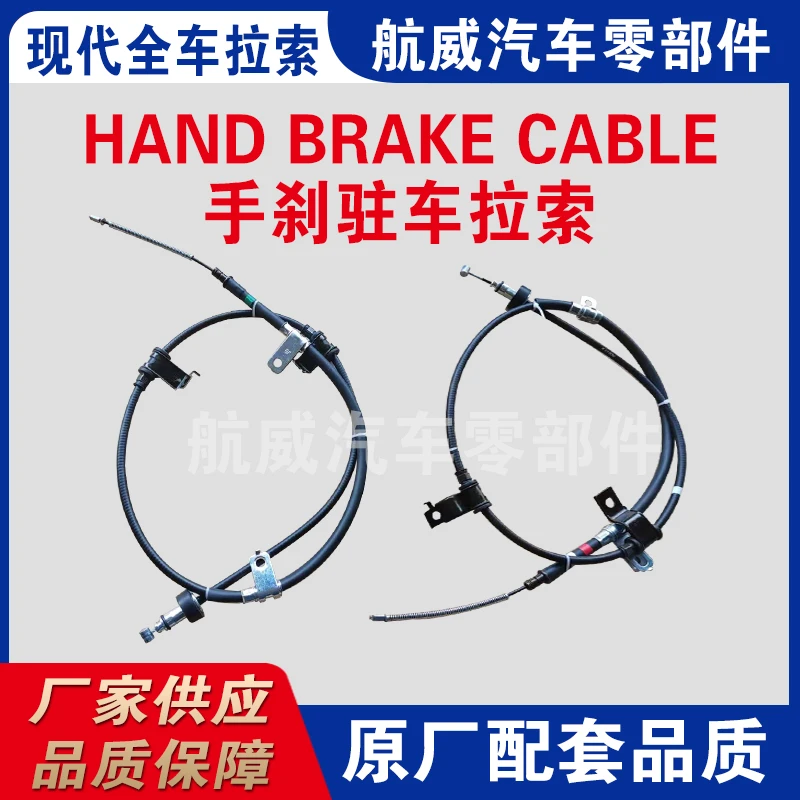Understanding Gas Pedal Function and Cable Mechanism in Vehicles
The Vital Role of the Gas Pedal and Cable in Automotive Functionality
The gas pedal, commonly known as the accelerator pedal, is an integral component of any vehicle's operation. This simple yet crucial device controls the amount of fuel and air mixture that enters the engine, thereby determining how fast and efficiently the vehicle accelerates. Understanding the functionality of the gas pedal and its connection to the throttle cable can provide insight into the mechanics of automotive technology.
The Vital Role of the Gas Pedal and Cable in Automotive Functionality
Traditionally, vehicles employed a mechanical system whereby the gas pedal was connected directly to the throttle body via a flexible cable. This setup allowed the driver’s foot movements to directly control the opening of the throttle, increasing the fuel supply and air intake to the engine in response to demands for acceleration. The throttle cable mechanism is known for its simplicity and reliability, as it functions without the need for electronic interference or assistance.
gas pedal and cable

However, advancements in automotive technology have led to the development of electronic throttle control (ETC) systems, also known as drive-by-wire systems. In these modern vehicles, instead of a physical cable, the gas pedal is equipped with sensors that detect the position of the pedal and send this information electronically to the engine control unit (ECU). The ECU then adjusts the throttle position accordingly. This transition to electronic systems has enabled more precise control over engine performance, improved fuel efficiency, and enhanced safety features such as traction control and stability management.
Despite the differences, whether mechanical or electronic, the fundamental purpose of the gas pedal remains the same to provide drivers with responsive and intuitive control over their vehicle’s acceleration. The interaction between the gas pedal and the throttle system is vital not only for performance but also for driver experience. A well-functioning gas pedal allows for smooth acceleration, enabling comfortable driving in various conditions, whether it’s navigating city traffic or merging onto highways.
Routine maintenance is essential to ensure the longevity and efficiency of both the gas pedal and throttle cable (or electronic system). For traditional systems, checking for fraying or wear on the throttle cable is crucial, as any compromises may affect acceleration response or even lead to dangerous situations. In electronic systems, regular diagnostics through onboard computers can help detect any anomalies in pedal readings or throttle response, which is vital for automotive safety.
In summary, the gas pedal and its associated throttle mechanism play a significant role in the operation of a vehicle, epitomizing the connection between driver input and vehicle response. Whether through a mechanical cable or advanced electronic controls, these components ensure that the acceleration experience remains intuitive and reliable. Understanding these systems not only enhances our appreciation for automotive engineering but also highlights the importance of proper maintenance and technology adaptation in the evolving landscape of vehicle design.
-
Workings of Clutch Pipe and Hose SystemsNewsJun.04,2025
-
The Inner Workings of Hand Brake Cable SystemsNewsJun.04,2025
-
The Secrets of Throttle and Accelerator CablesNewsJun.04,2025
-
The Hidden Lifeline of Your Transmission Gear Shift CablesNewsJun.04,2025
-
Demystifying Gear Cables and Shift LinkagesNewsJun.04,2025
-
Decoding Clutch Line Systems A Comprehensive GuideNewsJun.04,2025
